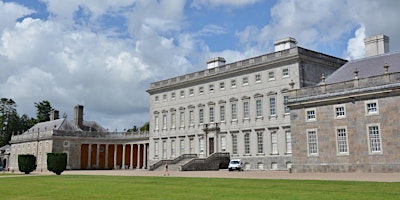You must login before you can post a comment.
- 🍻
Architectural History after Summerson
Uncategorized
Sir John Summerson's great book, Architecture in Britain, was published in 1953 and remained in print until the end of the century, gaining canonical status as the central text on the subject. Yet, even in relation to Summerson's wider oeuvre, the book was notable for its concentration on architectural style and aesthetic judgments, to the virtual exclusion of economics, society, functions, clients, craftsmen, technique, materials, building archaeology and context. How valuable or intellectually sustainable is architectural history when it is so constrained in its approach? Does the connoisseur's approach to architecture, in which historic buildings and architects's careers are treated primarily as subjects for the connoisseur or critic's aesthetic judgment, have any real intellectual validity or social value? How did Summerson's judgments affect or support the contemporary dismissal of late Georgian and Victorian architecture, and how do these judgments seem today? Has this approach already passed into history - how has the subject developed since - and what can we still learn from Summerson, his great book, and his approach?
Speaker: Steven Brindle
Steven Brindle read History at Keble College, Oxford, and studied there for a doctoral thesis on late-medieval architecture in Spain. He has worked for English Heritage in a variety of roles since 1989, and is presently employed there as a Senior Properties Historian. He has published on a wide range of subjects in the history of architecture and engineering, ranging from the 12th to the 19th centuries. His books include Paddington Station: its History and Architecture (English Heritage, 2004, 2013), Brunel: the Man who Built the World (Orion, 2005), and, as editor and lead author, Windsor Castle: A Thousand Years of a Royal Palace (Royal Collection Trust, 2018). He is currently working on a general history, Architecture in Britain and Ireland, 1530-1830, a successor to Sir John Summerson's well-known book, to be published by the Paul Mellon Centre and Yale University Press.
Event timings
18.00-19.00 Lecture
19.00-19.30 Q&A
19.30-20.00 Drinks reception
Image: Castletown House, Kildare, c. 1719-30, probably designed by Alessandro Galilei and Edward Lovett Pearce. Sir John Summerson curtly dismissed its 'stupendous monotony'. Does this judgment embody any real perceptiveness or intellectual value, in relation to a building of such significance ?





